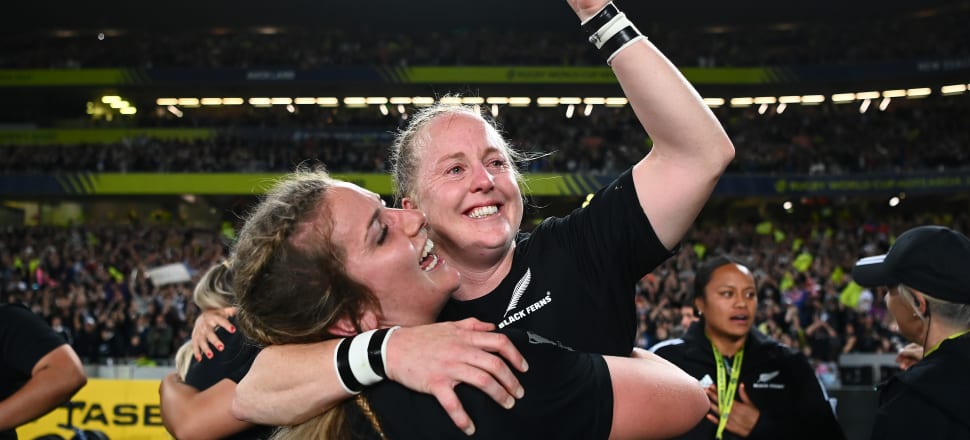
A new surge of Kiwi women and girls have signed up to play rugby this winter in the wake of NZ's World Cup triumph. And a Black Ferns legend and former Governor-General will work to ensure they stay playing. Suzanne McFadden reports.
Kendra Cocksedge has the warm fuzzies all over again.
It’s almost four months since the Black Ferns’ little general was scrabbling for the ball from that last unforgettable lineout that made sure of New Zealand's victory in the Rugby World Cup final on Eden Park. Before leaping into the arms of her team-mates - and then giving away her sweat-soaked socks to kids in the crowd.
But it’s not the past that excites Cocksedge.
It’s the future of the women’s game in Aotearoa – and tens of thousands of new female rugby players picking up an oval ball in 2023.
Now she’s back at the coalface, as a women’s rugby development manager at New Zealand Rugby, the retired halfback is watching a monumental wave of interest from women and girls grow daily.
“I’m seeing it big time, especially numbers-wise,” Cocksedge says. “Right now, womens and girls registrations to play [in New Zealand] this season are more than double what they were at this time in 2022.
“I know it’s a little bit skewed because Covid played a big part in dropping the numbers last year, especially in Auckland. But there and everywhere else in the country, it’s doubled. And we’re only in March – women and girls rugby usually has a really slow start. Especially women’s club, they’re not even sure whether they’re going to have a team.
“When I was on the road in Southland and Otago last week, I saw new women’s club teams and new girls teams forming."
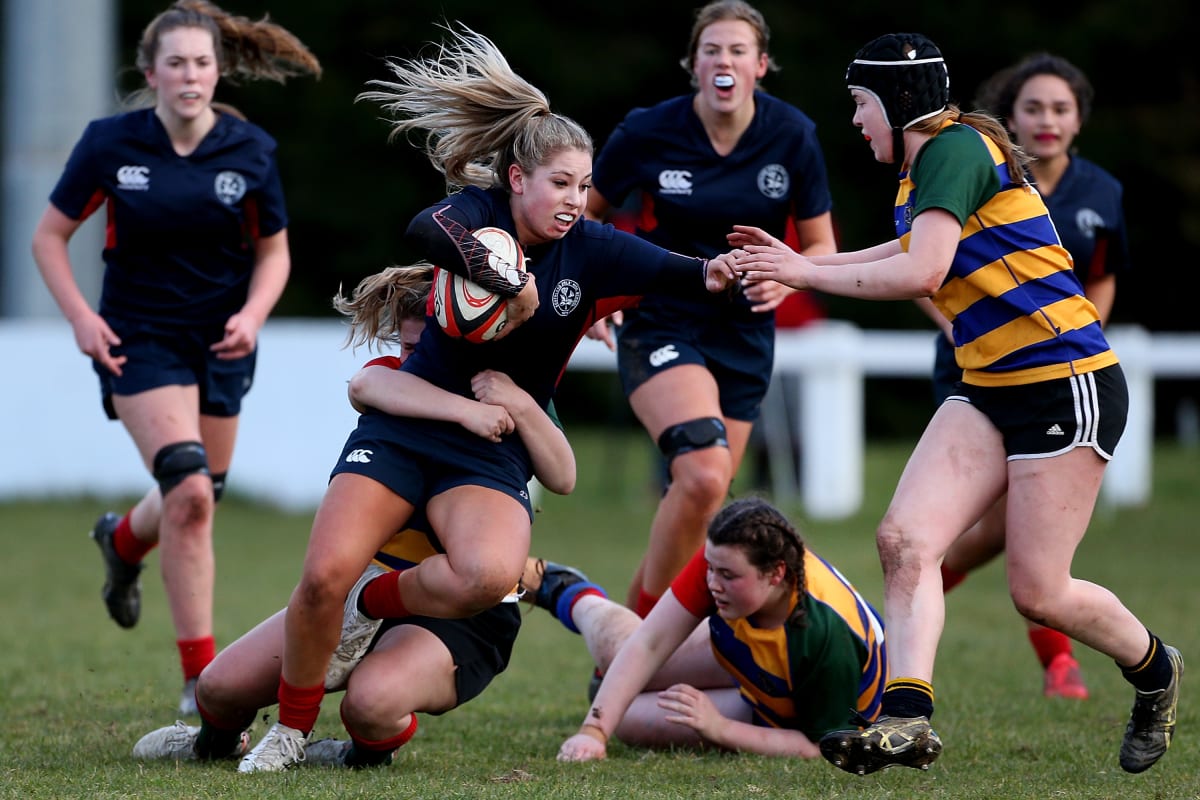
And that positivity is also helping the most capped Black Fern in history get a handle on the end of her playing days.
Off the back of that stunning World Cup victory, NZ Rugby are predicting a 40 percent increase in women’s rugby participation this year. That would equate to 35,000 women and girls playing - the largest number of female rugby players New Zealand has seen.
Before the pandemic struck (and club registrations fell away dramatically), there were 31,000 female rugby players in the 2019 season.
But as the playing numbers swell, there’s also the matter of keeping women and girls in the game. And encouraging more women to get involved in every aspect of the sport - from coaching and refereeing, to administration and governance.
This week, NZ Rugby launched their campaign, Love Every Minute, to capitalise further on the World Cup’s momentum. It’s about encouraging more women and girls into community rugby, creating more visibility for the women’s game and ‘celebrating what makes it great’.
NZ Rugby's Love Every Minute campaign is aimed at females of all ages.
It’s putting its weight behind more girls activator programmes in schools across the country - expecting participation to increase by 75 percent on last season (the programmes are also funded by Sport New Zealand).
“We’re looking at increasing from 85,000 engagements with girls last year to 150,000 this year,” Cocksedge says.
“We’re also looking at trialling non-contact versions of the game, so girls – and boys - can enter rugby at any age and any stage, and if they don’t want to play contact, that’s fine.”
In the Bay of Plenty, the purpose of their new Girl Code programme will give schoolgirls aged nine to 13 confidence to learn something new or increase their skillsets.
Cocksedge, a veteran of 68 tests, shakes her head thinking about her own start in rugby as a barefoot four-year-old in the Taranaki town of Ōkato, playing with and against boys as she grew up. “Now these girls can do it playing with their mates,” she says.
As she travels around the South Island working in community rugby, Cocksedge hears from a lot of young girls who plan to start playing this season.
“Last week, we took Nancy [the World Cup trophy] down to Southland with the Amys [Amy Rule and Amy du Plessis]. When girls asked to get photos with us, I asked them ‘Do you play rugby?’ And they were like ‘I played touch last year, but now I’m going to give rugby a go’,” Cocksedge says.
“We’re constantly hearing that, and I just love it. It gives me warm fuzzies.”
Cocksedge was in Auckland this week with the national community rugby team, running a session on women and girls rugby.
“We have the whole team talking about women and girls rugby, and what they need to do in their regions,” she says. “It’s been talked about a lot more than it used to be when I started my job seven years ago.
“And I believe it’s genuine buy-in now, too. I think before it could be a little bit tick-a-box. But there’s a real excitement in the community and I’m just excited to see how this year pans out.”
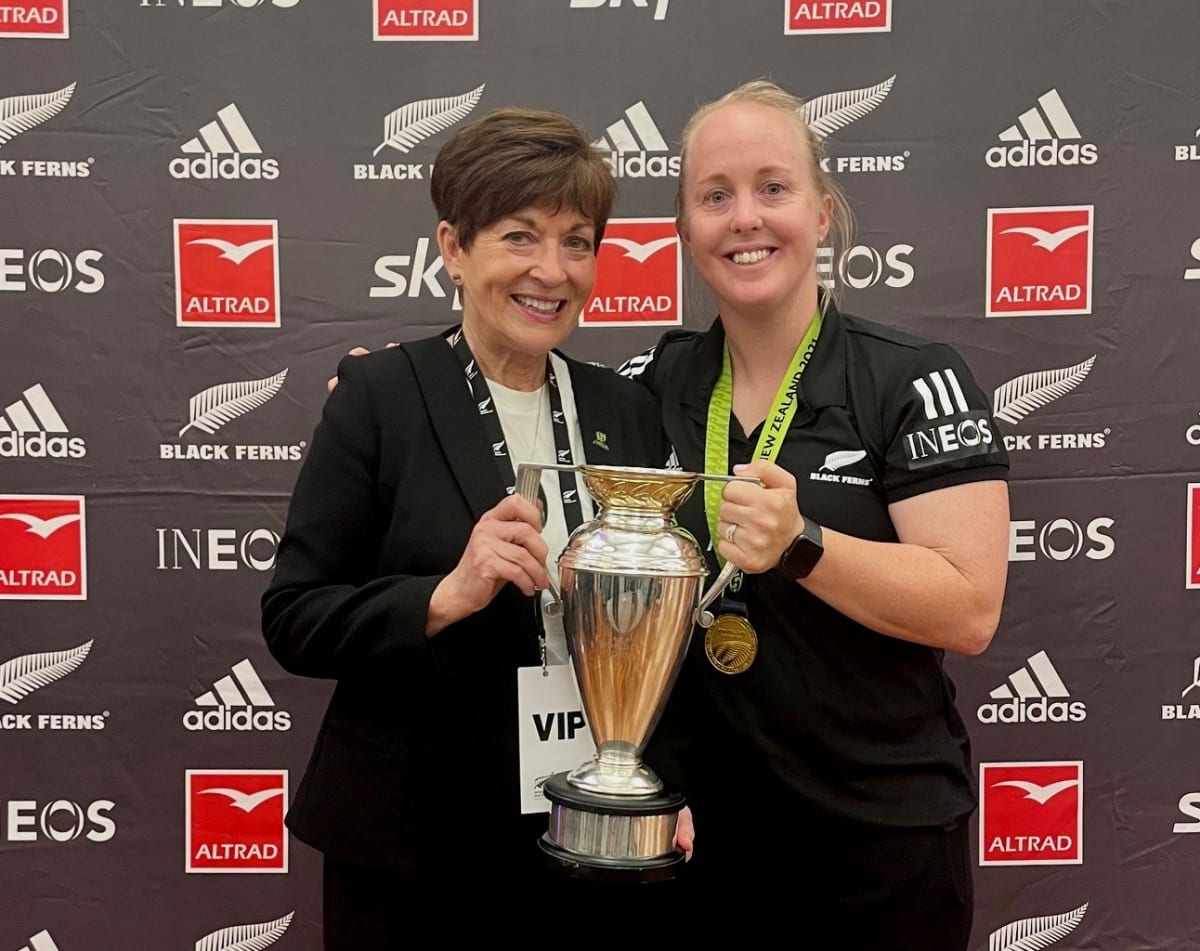
The first female chair of NZ Rugby, Dame Patsy Reddy, is thrilled with the growth in the women's game, too. The former Governor-General joined the board last year, but readily admits she only watched her first full game of women’s 15s rugby last season.
“The Rugby World Cup was a sea change for rugby in New Zealand, but also for women and girls seeing what was possible,” she says. “There’s something magical about women’s rugby - it’s been a revelation to me and I know I’m not alone.
“It’s been a great tool for enabling equity in rugby. So it’s not just something we all know we should do, it’s something we all want to do.”
NZ Rugby had already made the female game a priority before the tournament: “We invested $20 million in women and girls last year, and it’s significantly more than that this year,” Reddy says.
“We have to continue putting the resources behind it and really being focused about how we deliver it. It’s got to be driven from the bottom up – from grassroots rugby, through the clubs, provincial and heartland rugby, then through into Farah Palmer and Aupiki, then the Black Ferns.”
Retaining women and girls in the sport must be another key focus for NZ Rugby. Last year, just 40 percent returned to the game, but Reddy says the target is 55 percent for the next two seasons.
“The secret sauce is engaging the wider public to help – their whānau, but also the wider community, to help support the players. It's the young girls in rippa rugby making the transition to contact rugby - it’s needs to be done carefully so they are safe. And encouraging girls to play for a club after they leave school,” she says.
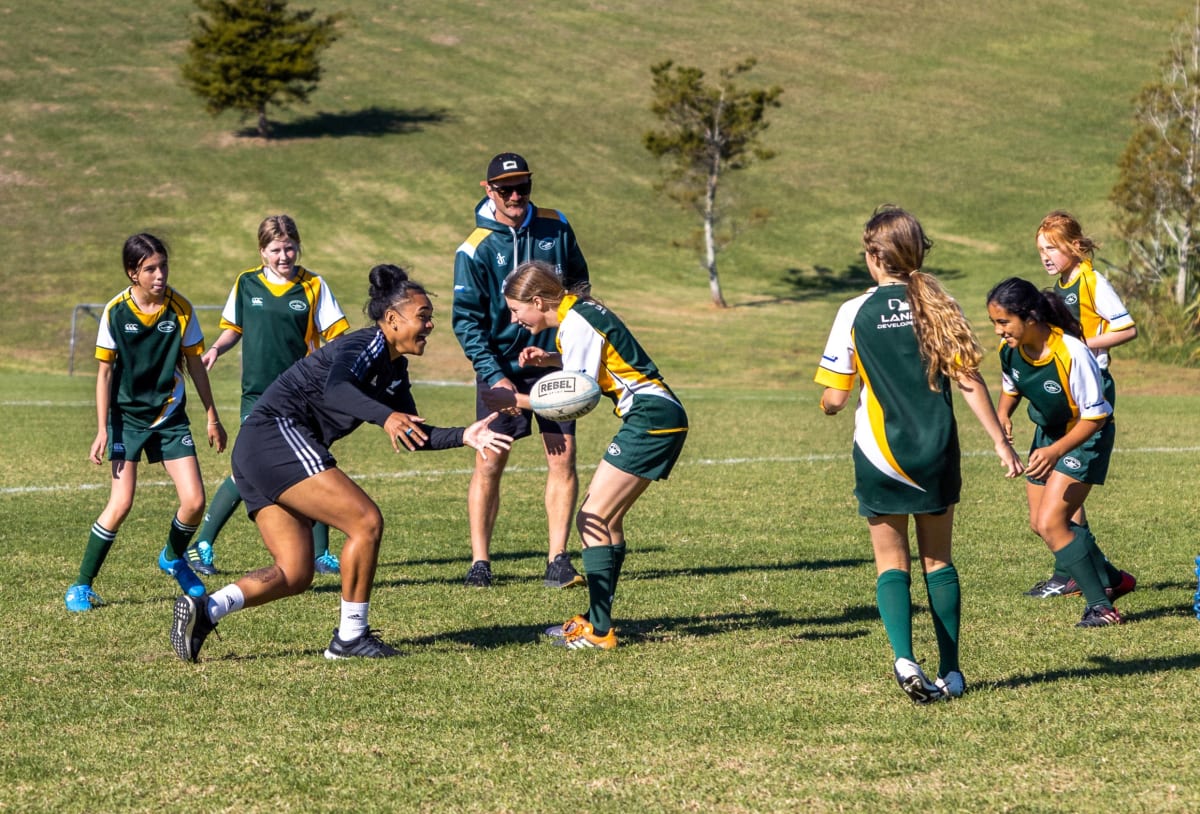
The high percentage of Māori (34 percent) and Pasifika players (20 percent) in women’s rugby need to be embraced and built on, Reddy says. And there should also be focus on encouraging Asian women and girls to get involved. “I just want to expand the sport so it’s accessible to all,” she says.
Despite the boost in participation, there are areas of the female game that still need serious attention – including coaching and governance.
NZ Rugby have been penalised for failing to meet the government-mandated 40 percent women on their board by the end of 2021 - losing $280,000 in Sport NZ funding. They were the only one of 65 major national sports organisations who didn’t meet the quota.
Reddy, one of three women on the nine-strong NZ Rugby board, is keen to see quotas introduced to ensure better gender representation on boards throughout the game.
“We need heaps more women coaches, women administrators at all levels of the game, and more women in governance to get to 40 percent, which is accepted around the world as a bare minimum we should aim for,” she says.
“Women haven’t broken through enough at the governance level - we’re still struggling at NZ Rugby board level and at the provincial unions. So, I’m in favour of quotas.
“Until we have women and girls throughout the whole system it will be hard to have that genuine breakthrough. We need everyone to be represented and feel included and then that will grow the game.”
Reddy also wants to see more male champions of the female game. “There are many, but Sir Graham Henry and Wayne Smith are the poster boys for it,” she says.
“We need to encourage more men and educate them in unconscious bias training, and the power of inclusivity and the joy that comes with it. I’m really impressed with NZ Rugby’s leadership in this area.”
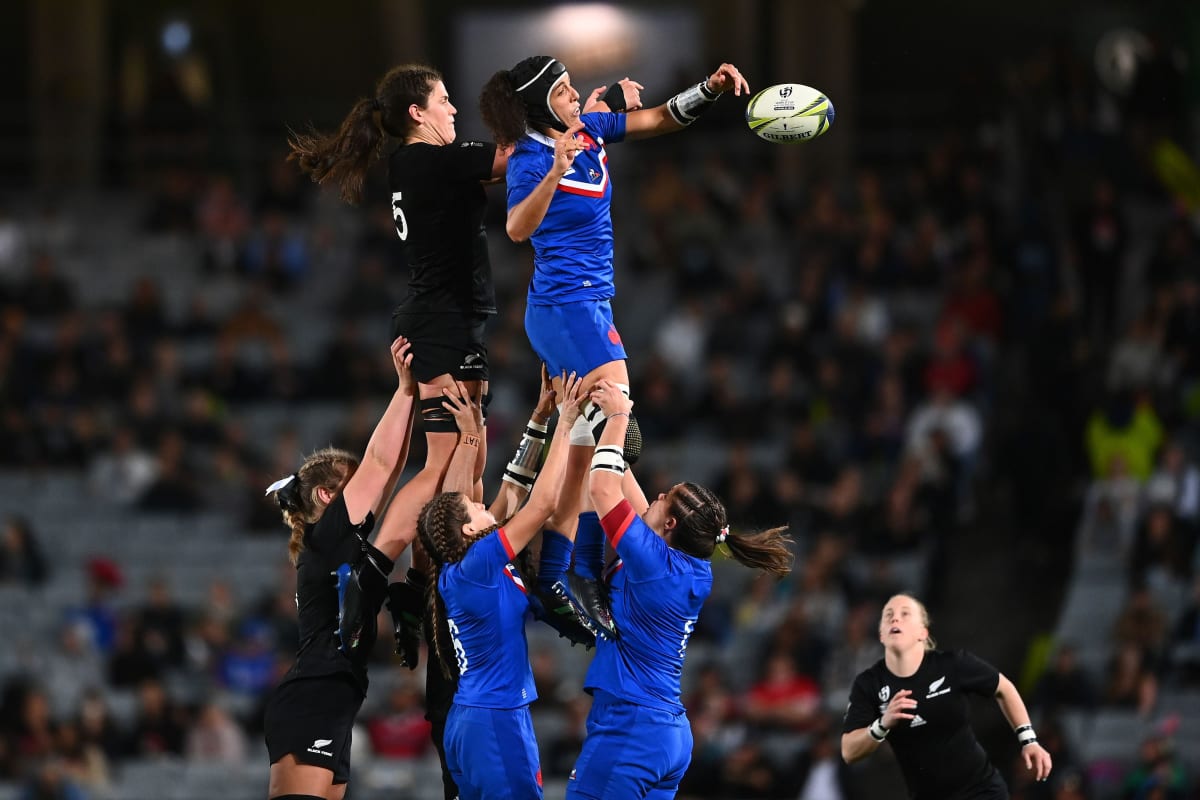
Of course the apex of the women’s game – high performance rugby – can't be ignored. The Black Ferns will need more regular exposure to international rugby; Reddy says NZ Rugby are working hard to get the inaugural WXV tournament – featuring the world’s top six teams - here later this year.
And the women’s game needs to be commercialised, too. “We’re making a big investment, but it’s got to be something people want to pay to see,” Reddy says. “It’s been hard in the past but there are more sponsors coming through now. These women are genuine role models.”
Cocksedge has been one of those role models for more than a decade. And she’s happy she’s still able to make a difference off the paddock.
“It’s what’s making my retirement slightly easier, because I’m still so involved in the game,” the 34-year-old says.
“When I started at NZ Rugby someone said to me ‘Be careful playing and working in rugby, it could become exhausting’. But I just love it.
“I just want to give every young girl the opportunity to live the dream that I got to live. That’s what’s driven me. My legacy was to be a role model and inspire the next generation and to empower women, and it adds fire to my belly. In this role I get to do that every day. Who knows where that will lead me in the future? But I want to be a real decision-maker and make real impact.”
Cocksedge emphasises rugby still has much to do to realise the full potential of the women’s game. “But we’re moving in the right direction, and New Zealand Rugby are pushing it from every level – high performance to the community level," she says. "I’m working in it every day, and I’m feeling it.”







